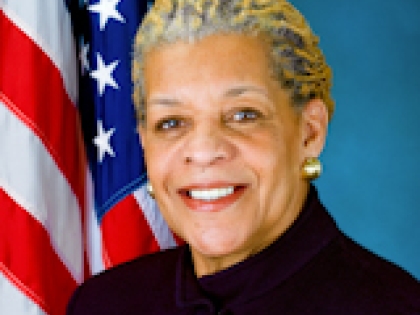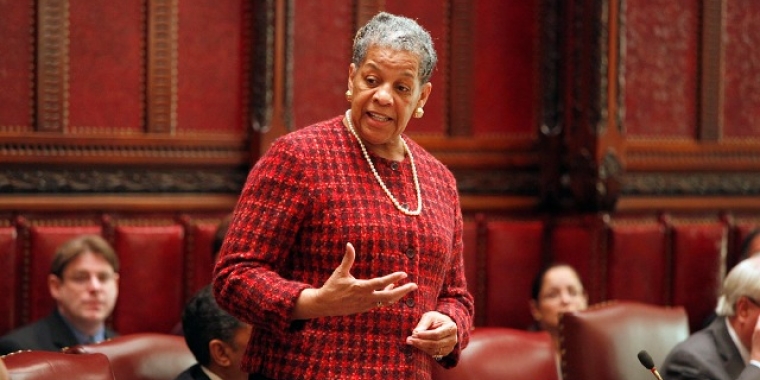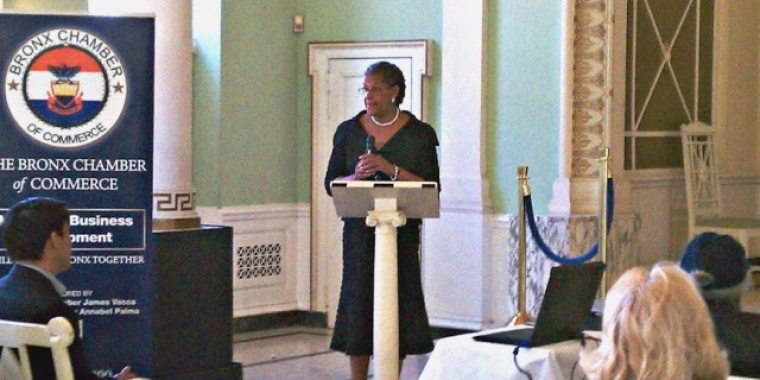
April Is Autism Awareness Month
Ruth Hassell-Thompson
April 13, 2011
-
ISSUE:
- Health
Senator Hassell-Thompson Urges Awareness and Advocacy
Since the 1970s, April has been designated by the National Autism Society as National Autism Awareness Month in order to highlight the growing need for concern and awareness. However, as rates have dramatically increased, autism has become a national focus. According to the Center for Disease Control, just three decades ago only 3.5 children out of every 10,000 were diagnosed with autism. However, current rates indicate 1 in every 110 children is afflicted.
“While autism is increasingly affecting many children and families in our communities, it is still a relatively new medical disorder that is difficult for many to understand,” said Senator Hassell-Thompson. “As great advances in medicine continue to be made, it is important to dedicate time and resources to research and raising awareness.”
Last year, the Senate Democrats passed groundbreaking legislation (S.7000B of 2010) to protect children with autism. The legislation - passed unanimously by both the Senate and Assembly, but vetoed by the Governor - sought to establish a national model requiring health care coverage for autism, saving families of children with autism thousands of dollars a year.
Autism is a neural development disorder. Indicators of the disorder include impaired social interaction and communication, as well as restricted and repetitive behavior. Recognizing early identification signs of autism in children is vital to helping children and their parents understand the disorder and how to effectively take action. Research has indicated that the earlier a child is diagnosed, the sooner they can benefit from one of the specialized approaches to treatment and education.
The increasing rates display the need for all New Yorkers to learn more about the disorder, and the implications it has on the life of affected children and the families that care for them. Some ways you can do this include:
· Hosting an awareness event (learn more at www.1power4autism.org).
· Showing your colors by wearing the autism awareness puzzle bracelet (learn more at www.autism-society.org).
· Passing out informational materials to your community (learn more at www.autism-society.org/shop_downloads).
· Taking action by getting involved with advocacy efforts (learn more at www.vote4autism.org).
For more information about autism, visit www. autism-society.org and www.cdc.gov/ncbddd/autism/index.html.
Share this Article or Press Release
Newsroom
Go to Newsroom
